Brembo: Your Car Will One Day Have a Brake-by-Wire System

You’ll often hear automakers talk about how they take what they learn at the track and from racing and apply it to their road cars.
“What does knowing the ins and outs of a Formula 1 car have to do with engineering and designing my commuter car?” you might ask, and the Italian stopping experts at Brembo have a very good answer for you.
In a recent interview with Car and Driver, Brembo’s executive director for braking systems, Giovanni Canavotto, and its North American CEO, Daniel Sandberg, explained where the future of the brake supply industry is heading. The brake execs claim electrified braking systems “will become a strong trend over the next decade,” as automakers look to electrify every single part of a vehicle.
These “brake-by-wire” systems, as they are often referred to, give the automaker a great deal of control over the braking system. A computer coupled with the system can make rapid calculations based on the car’s speed, pitch , yaw and braking inputs, providing ideal braking pressures and balance as needed. The brake pedal feel can also be tailored for the driving situation using a mode select, just like steering, throttle and suspension settings are in many high-end or performance cars today.
“We have used them in Formula 1 for years,” Canavotta told C/D in the interview. ” In future cars, they can be tailored to the driver and create a soft or firm feel, shorter or longer pedal travel, much like the driving modes for the suspension and steering right now.”
“Most of the carmakers are expressing a desire to electrify the entire vehicle, even apart from the powertrain,” he added. “Brake-by-wire doesn’t depend on an electric motor [in the drivetrain], and we don’t even need a 48-volt system.”
SEE ALSO: 2019 Chevrolet Corvette ZR1 Named Indy 500 Pace Car
But that doesn’t mean hydraulic brake systems are going to disappear. Canavotta believes the transition from hydraulic to electric braking systems will be a slow rollout, just as the introduction of drum to disc brakes was, or electronic throttle control. He also said these systems will need a redundant system in case anything goes wrong with the main brake system, and that it will be difficult to calibrate these systems properly as brake-by-wire systems often operate like an on/off switch and are hard to modulate precisely.
We imagine this technology will appear on hypercars and supercars first, as it allows automakers to extract more performance from the car and they will be fairly expensive early on. Eventually, though, these systems will be commonplace, especially as a myriad of hybrids and EVs begin to enter the market from 2020 and beyond.
[Source: Car and Driver]

Sam McEachern holds a diploma in journalism from St. Clair College in Windsor, Ontario, and has been covering the automotive industry for over 5 years. He conducts reviews and writes AutoGuide's news content. He's a die-hard motorsports fan with a passion for performance cars of all sorts.
More by Sam McEachern



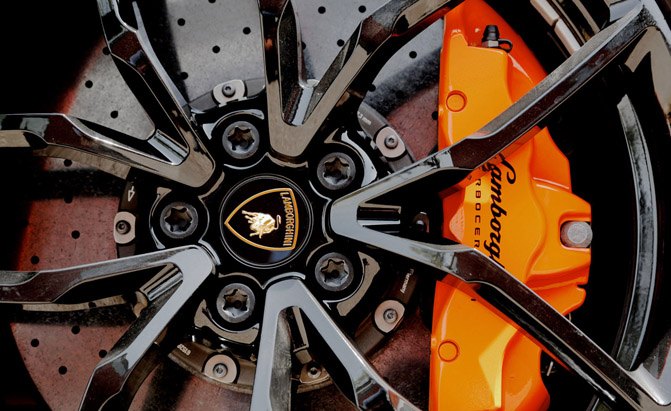













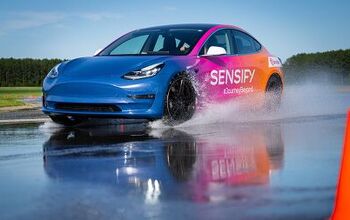

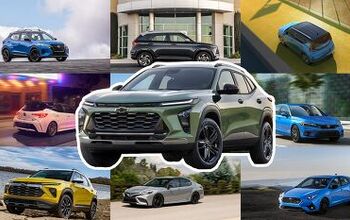

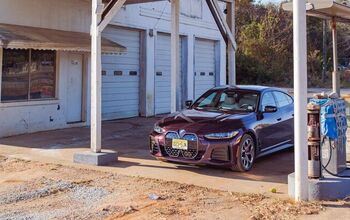


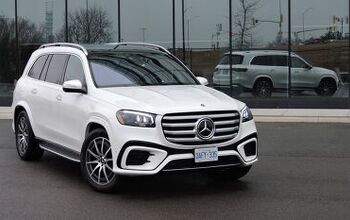

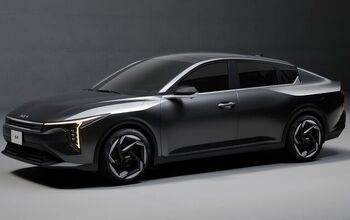


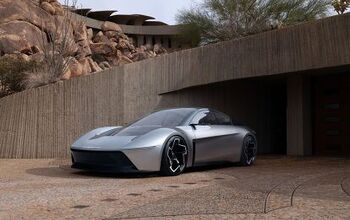

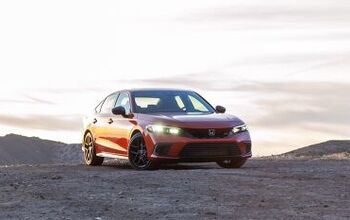
Comments
Join the conversation
They're gonna need some sort of haptics and kinesthetics modules to recreate the feelings through the pedal, including friction points.
The Alfa Guilia already has them. Not really a supercar. So do some newer Mercedes. Whoever wrote this article has probably driven several brake by wire vehicles and didn't even know it!